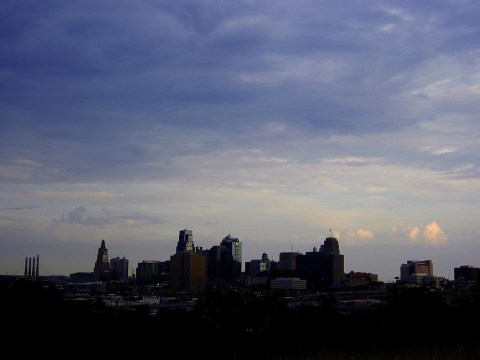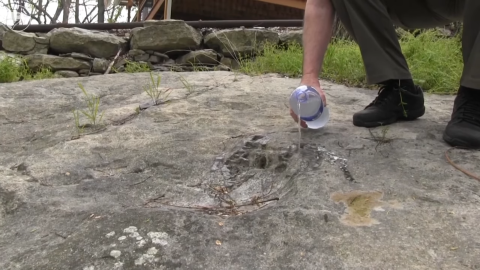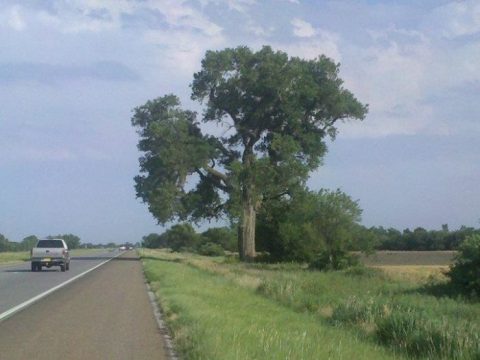You'll Want To Visit These 13 Houses In Kansas For Their Incredible Pasts
If you’re like me and just can’t get enough of Kansas’s rich history, why don’t you consider taking a trip to one of Kansas’s many historical homes? Learn about their pasts and take a step into history with the old styles of these gorgeous homes.

Here you can tour the former home of Vice President Charles Curtis (for H. Hoover), the first Native American to hold the office. Open Saturday 11 AM-3 PM or by appointment.
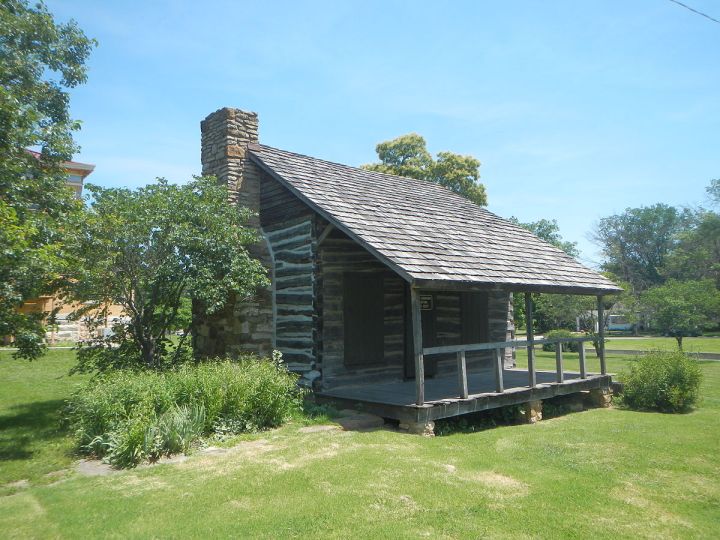
A German Immigrant named Jacob Dietrich built this home in 1859, where he and his family lived. After a short while as a farmhouse, and a restoration in 1961, it was returned to it's original condition. It's now a pioneer museum ran by the Franklin County Historical Society and is open to the public on Sundays in the summer.
Advertisement
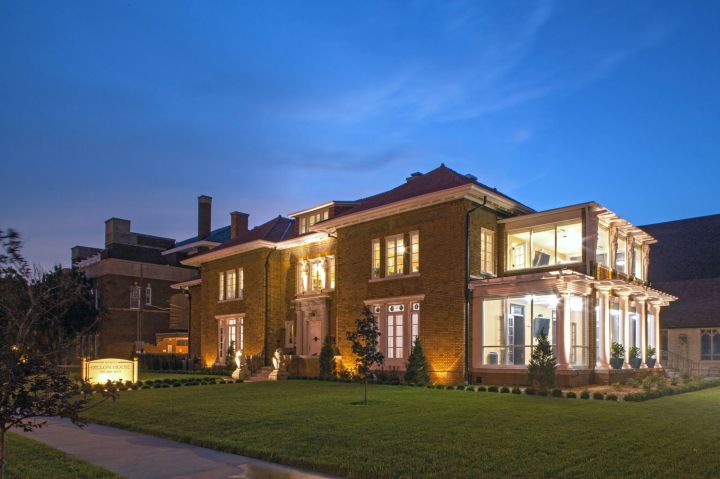
The Dillon house was built in 1911 and has since served as a great venue for many gatherings. It has recently been fully restored, and is in great condition.
Advertisement

Since it was build in 1857, this plains vernacular style home was owned by Isaac Goodnow and his wife, Ellen. Goodnow was an abolitionist, and a co founder of both Manhattan and Kansas State University.
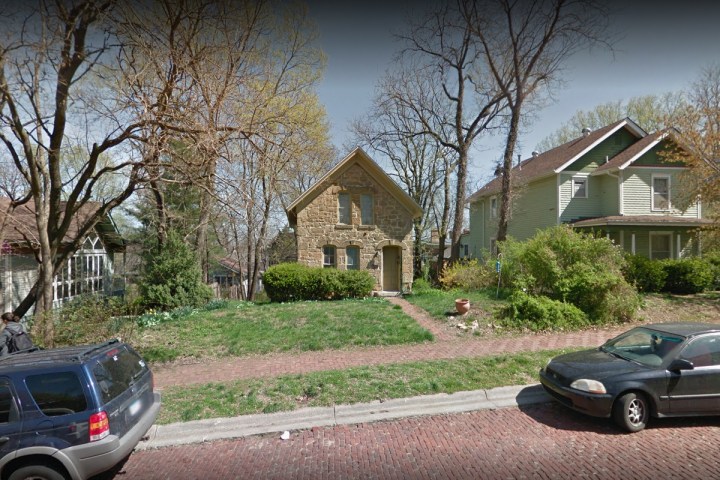
Built around 1850, this itty bitty house is only about 18 feet wide and 29 feet long. It technically has three functional levels, which is hard to believe with such a tiny space. It's owner, Captain George W. Bell, was county clerk for Lawrence and died during Quantrill's Raid, leaving his wife to raise their four children. It's also survived 7 attempts to be set on fire.

This prairie style home was built in 1915 by Frank Lloyd Wright Allen for former governor Henry Justin Allen and his wife. It's currently ran as a museum through Wichita Center of the Arts and the Allen-Lloyd house foundation. It's Japanese influences were due to Wright building the Imperial Hotel in Japan at the same time. This is one of his last prairie houses.
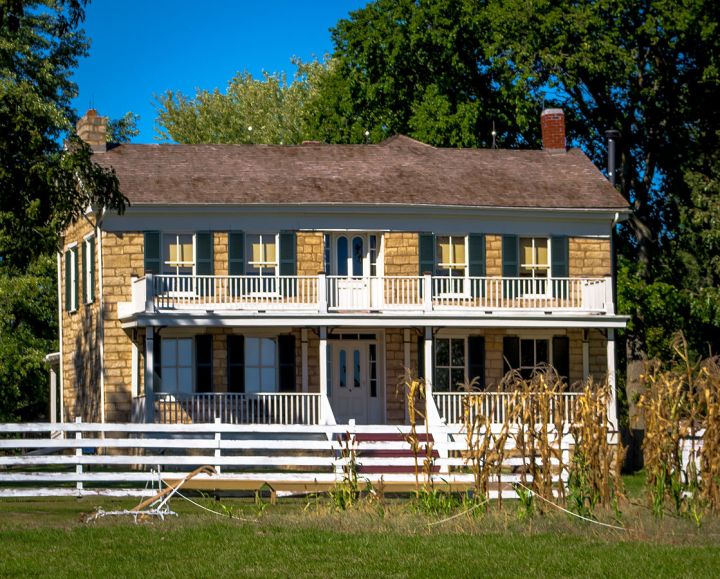
This spot was a popular stop for west bound travelers on both the California and Oregon trails. The original farm was founded by James Beatty Mahaffie and his wife Lucinda, in 1858, and the house has since been transformed into a museum.

Built in 1857, this house was built by Moses Grinter for he and his half-Lenape (Delaware Native American) wife lived their days. Grinter was one of the earliest white settlers in the area, and he's responsible for the Grinter Ferry on the Kansas river.
Advertisement
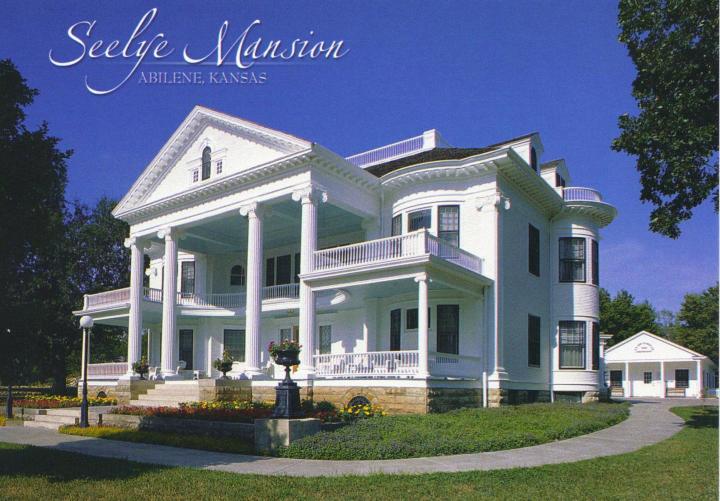
The mansion was built in 1905 for Dr. A. B. Seelye, a man who made his fortune in Patient Medicine with his own company. Frank Lloyd Wright remodeled it in 1920, but most of the furnishing had been purchased at the St. Louis World's Fair in 1904. It's like a trip back in time.
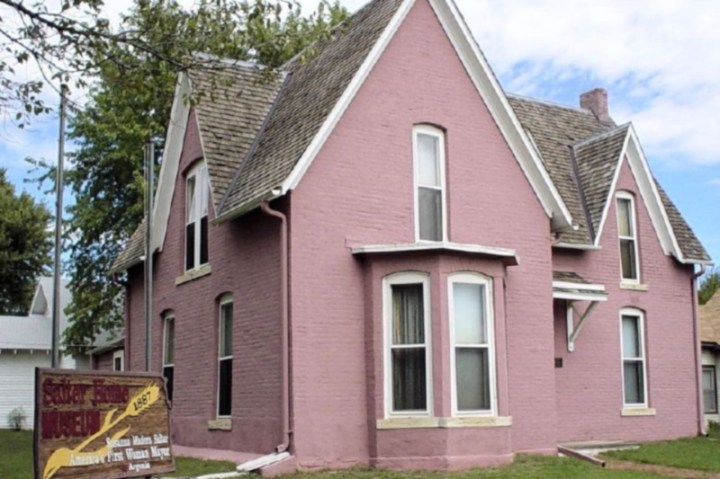
In 1887, Susanna Salter was elected the first female mayor in the United States. She took after her father, the first mayor here. I applaud small town Kansans for this victory here!
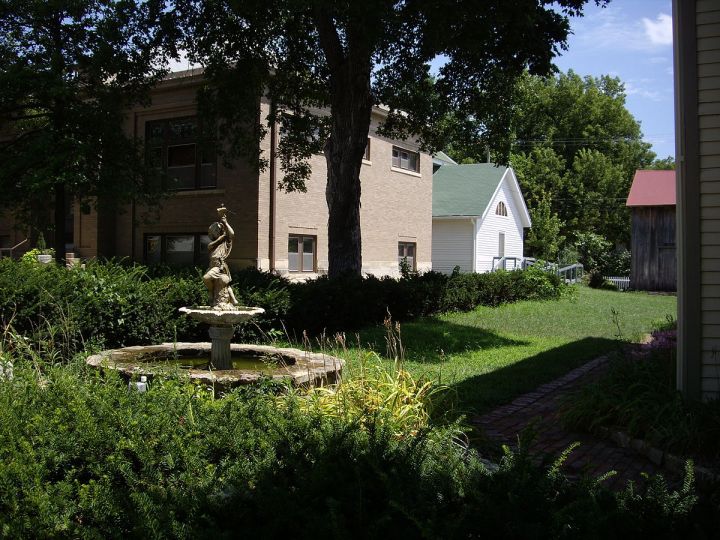
The house was built in 1881 for the first editor of the Peabody Gazette. It's last remodel was in 1992, and it serves meals by reservation on fine china, followed by tours of the home.
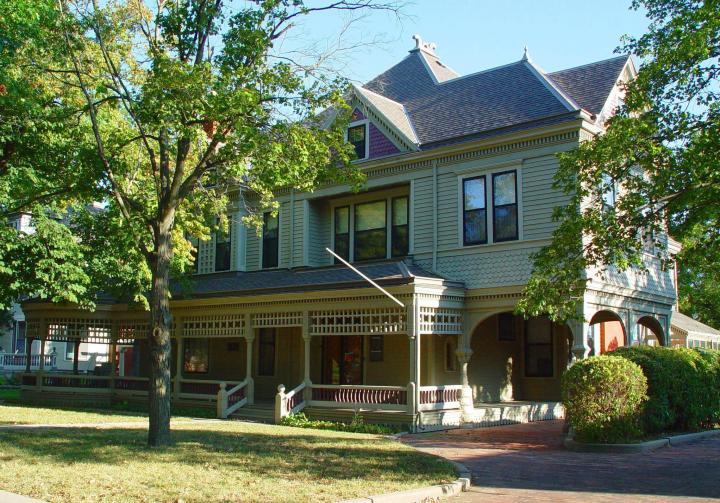
This gorgeous Victorian home was build in 1886, as the home of Bernhard Warkentin and Wilhelmina Eisenmayer Warkentin. It's almost in the same condition, with 80 percent of the original furnishings still remaining.
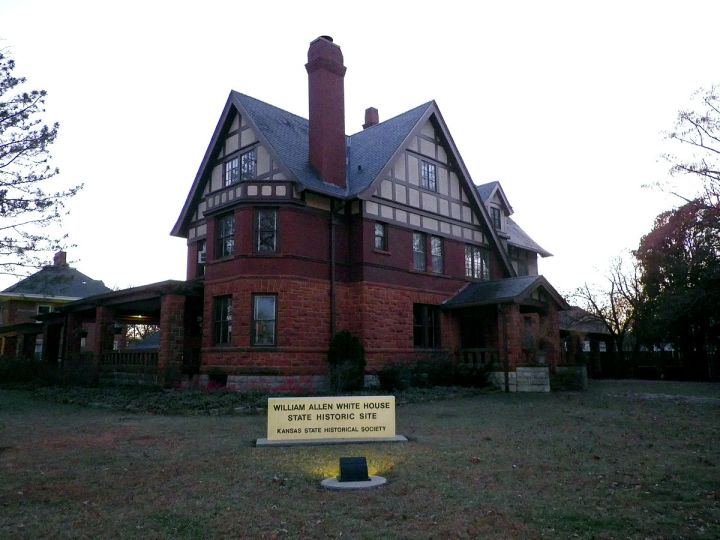
The famous editor of the Emporia Gazette, William Allen White, lived in this house from it's build date in 1899 to his death in 1944. In 1915 William Allen White wrote to architect Frank Lloyd Wright and suggested that he "do over" the house, and since it's remodel, has retained much of Wright's influence in design. It was since donated to the state of Kansas.
Feel like learning more? Check out some of the articles below!
OnlyInYourState may earn compensation through affiliate links in this article. As an Amazon Associate, we earn from qualifying purchases.


